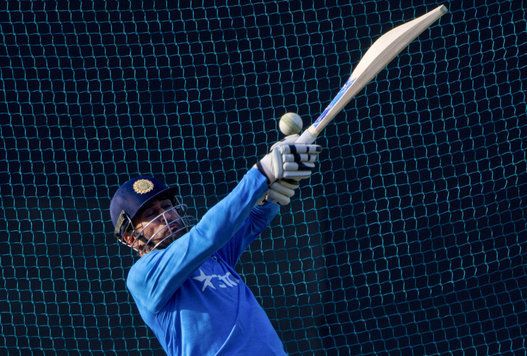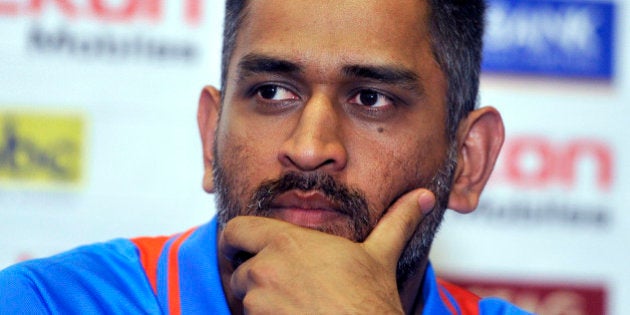
At an extended, boozy wake after India was knocked out of the World Cup last night, a few fellows in misfortune picked over the “mistakes” that cost “us” the game.
The no-balls that twice reprieved eventual man of the match Lendl Simmons. The millimeter of excess padding on the toe of Ravindra Jadeja’s shoe that made the difference between a wicket and a six. The Rohit Sharma dismissal just when he had for once worked himself into a murderous mood: having stayed back in the crease to Samuel Badree and been beaten once trying to work to leg, he repeated the attempt next ball and was caught in front.
“Idiot – any child could see Badree was bowling the full length just for that; Rohit hits so well off the front foot why the bloody hell did he have to…”
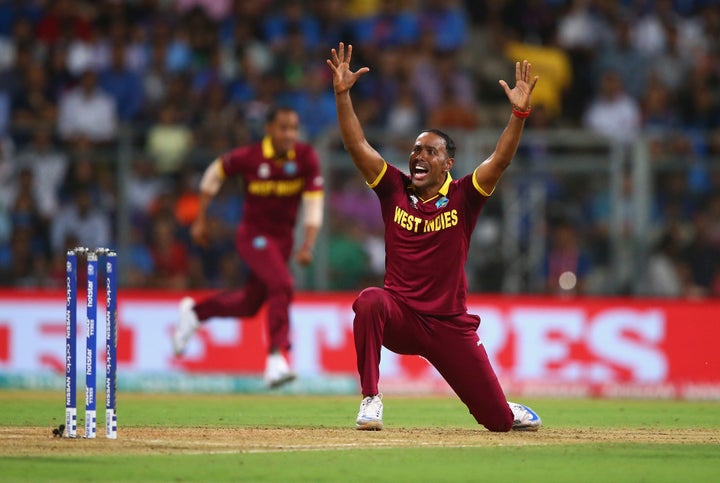
We picked over mistakes, real and imagined, as we sweated whisky and bled regret long into the muggy Bangalore night. Until one friend, with the sudden clarity that inebriation brings, changed the subject. “What of the mistakes we don’t see?”, he asked.
And, to the sound of ice cubes tinkling into a glass, he said: “Explain this to me: At the halfway mark we were 86/1. Nine wickets in hand. Big hitters like Manish Pandey, Hardik Pandya and Suresh Raina still to come, plus Dhoni. What’s this ‘strategy’ that says we should push hard only in the last five overs – which is precisely when the opposition uses its most effective death bowlers?”
Virat Kohli made the point recently that in ODI’s, overs 20-40 is the new 40-50. What is the point then, in an even shorter format, of delaying the push to the last five? When India batted, overs 6-10 (one of them admittedly the last power play over) produced 51 runs. Overs 11-15 produced just 41 – and at the end of 15, we still had nine wickets in hand.
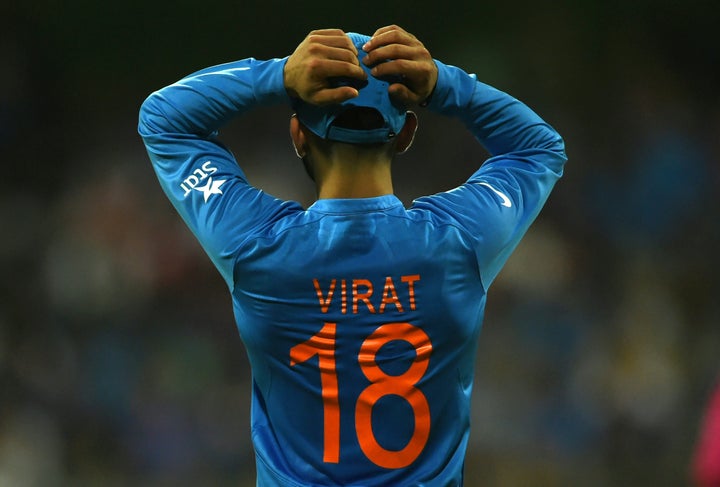
The irony of India’s batting effort was that through every phase of the game, we outperformed our par for this tournament.
“We are a thrifty nation,” quipped a friend at the time. “We save everything for our old age – our money, our dreams, our leisure plans, even our wickets.”
The irony of India’s batting effort was that through every phase of the game, we outperformed our par for this tournament. During the power plays, India has averaged 5.7. In this game, it was 9.1. In the mid overs (7-15), we averaged 6.8
coming into this game. Here, we averaged 8. At the death, we average 9. Here, it was 13. By any yardstick, this was our best batting performance in the tournament. Yet, the number that will hover over any post-mortem is “8” – the number of batting resources left unused.
That brings up the question of the captain promoting himself, and ending up with 15 off 9 with one four. In the post-match press conference, Dhoni countered retirement talk by making the questioner admit that MS was still among the fittest, fastest cricketers in the game. He is all of that. He is also India’s best wicketkeeper batsman, by a mile. But he is no-longer the big-hitting Dhoni of old; the helicopter shot he patented has long since been mothballed. A Pandey, a Pandya, a Raina – natural six-hitters, all – were the more logical options on a ground that facilitates big hitting. India had four sixes (three of those by Rohit inside the power play); the
Windies smashed 11. We ran brilliantly to notch up 38 runs in twos; the seven extra sixes the Windies smacked produced 42. And they won with two balls to spare.
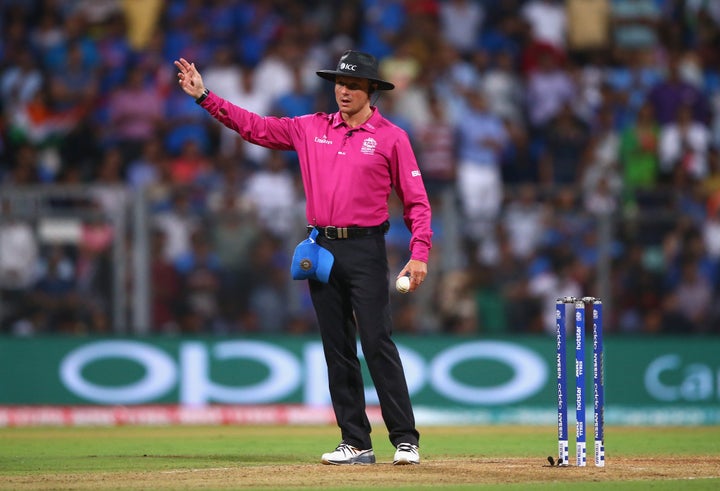
That theme of unseen opportunities was even more glaring with the ball. That we bowled too short, too wide, too often on a track of even bounce is self-evident (10 of 20 fours, and seven of 11 sixes, were on the on side). But again, it was the plays not tried, the opportunities not attempted, that caught the eye.
MS called the play brilliantly when he gave the second over to Bumrah, where the world expected the much-hyped Ashwin-Gayle contest. He however had a corresponding brain fade when, after Kohli had brought India back into it in the 14th over by taking out Johnson Charles in a four-run over, the captain turned to the predictable line and short length of Pandya rather than the experience of Ashwin. That over went for 18 – and India were never in it after.
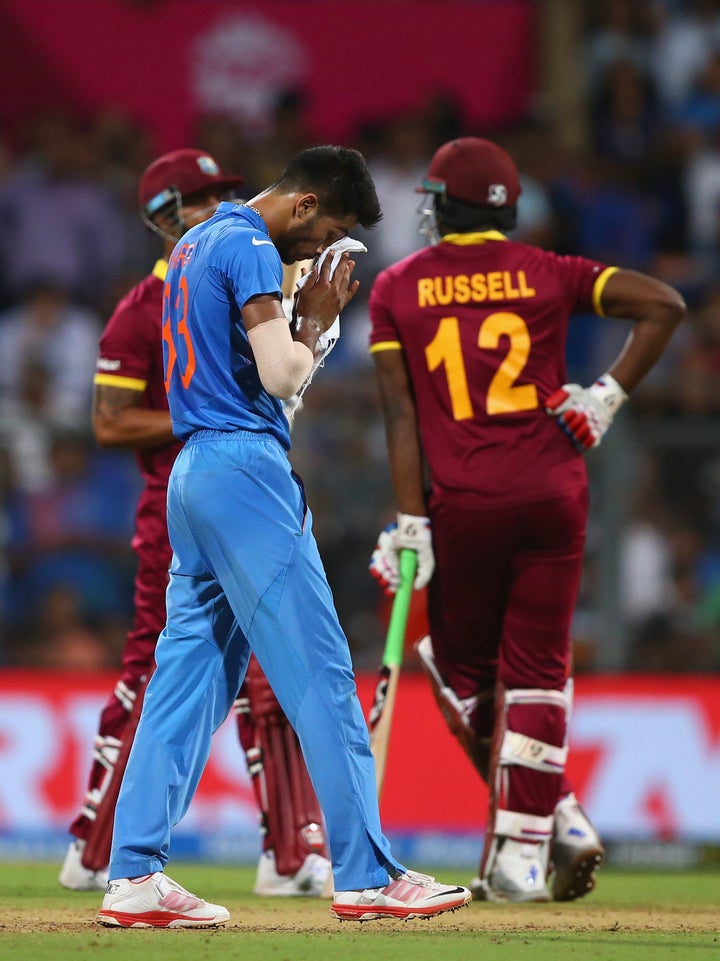
Equally noticeably, Kohli was withdrawn from the bowling crease – and brought back only to attempt a Sachin reprise in the final over. Kohli, like Sachin in his time, thinks like a top-flight batsman, then bowls to counter that. Another over when he was on a high, coupled with one – possibly two – from Ashwin would have allowed MS to bowl Nehra and Bumrah in the 18th thru 20th over. He could have saved an over each at least of the two most expensive bowlers – Jadeja and Pandya. And he could have closed out with his best men against a West Indies outfit that, throughout this tournament, has had trouble finishing against good bowling.
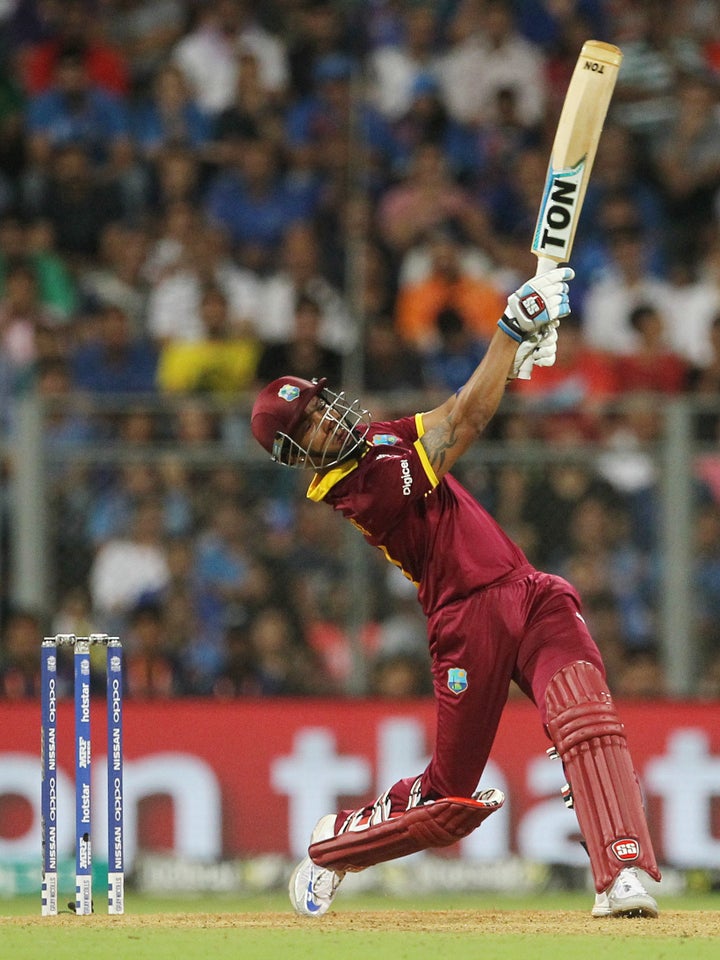
To say that India threw away the game is unfair to the Windies. With the ball, they read the conditions well and focused on the fuller lengths outside off to a packed field, without too many on the short side for the leg-side smear. Their fielding on the square and straight boundaries was outstanding, with Johnson Charles having a particularly stellar day.
And with the bat, they played the game India did not. Even with Gayle and Marlon Samuels (whose man of the match performance won the last edition of this Cup) gone for nothing, they kept attacking furiously through Charles, first, and then Simmons before Russell turned up to provide the finishing kick.
The relentless aggression was particularly marked in the middle overs – the stage of the game when India went into cruise mode. At the end of the power plays, India was 55/0; the Windies were well off the pace at 44/2. At the end of the 15th over, India was 127/1; by that stage, the Windies had made up the 11-run deficit and raced ahead to 138/3.
Knock-out games hinge almost all the time on who makes the fewer mistakes. We made too many, both the seen and the untried – and it cost us our own home party. What remained was the aftertaste of whisky turned sour by thoughts of what could have been.
